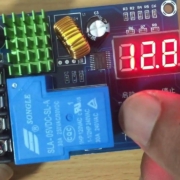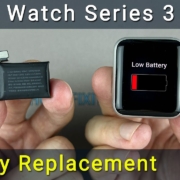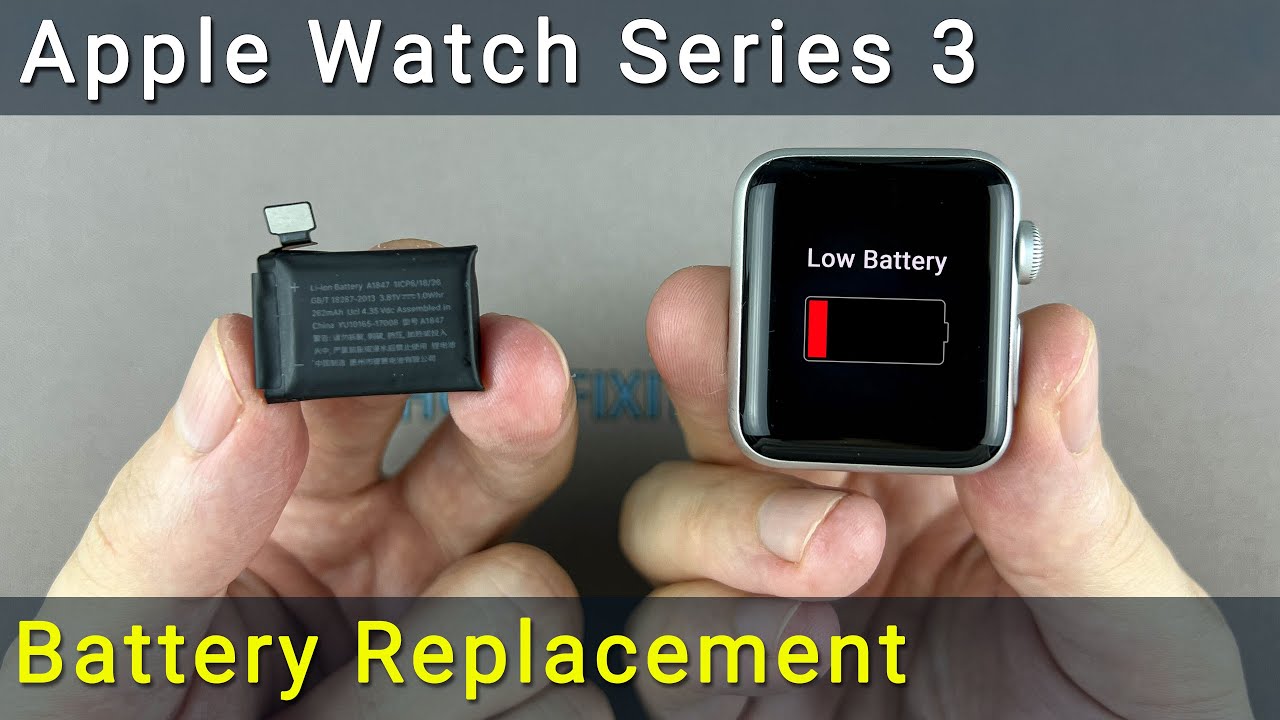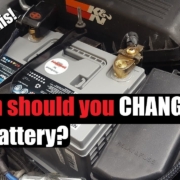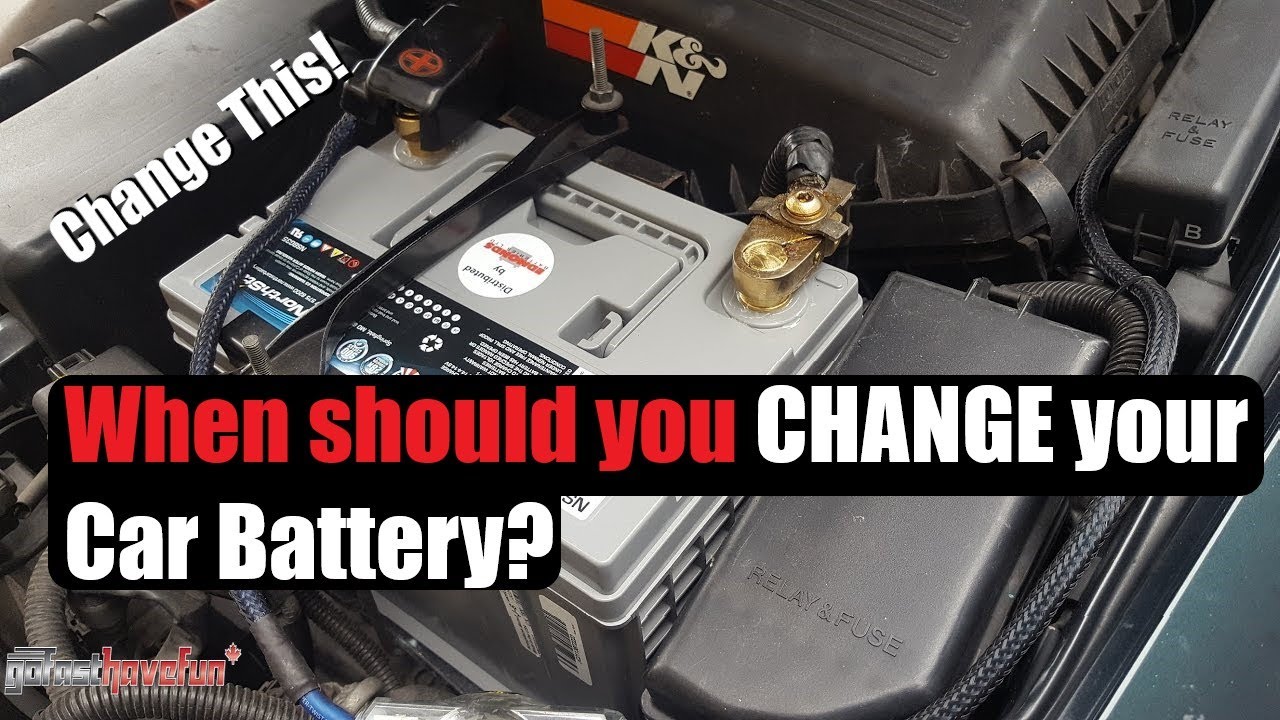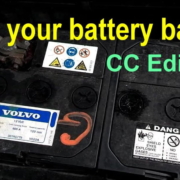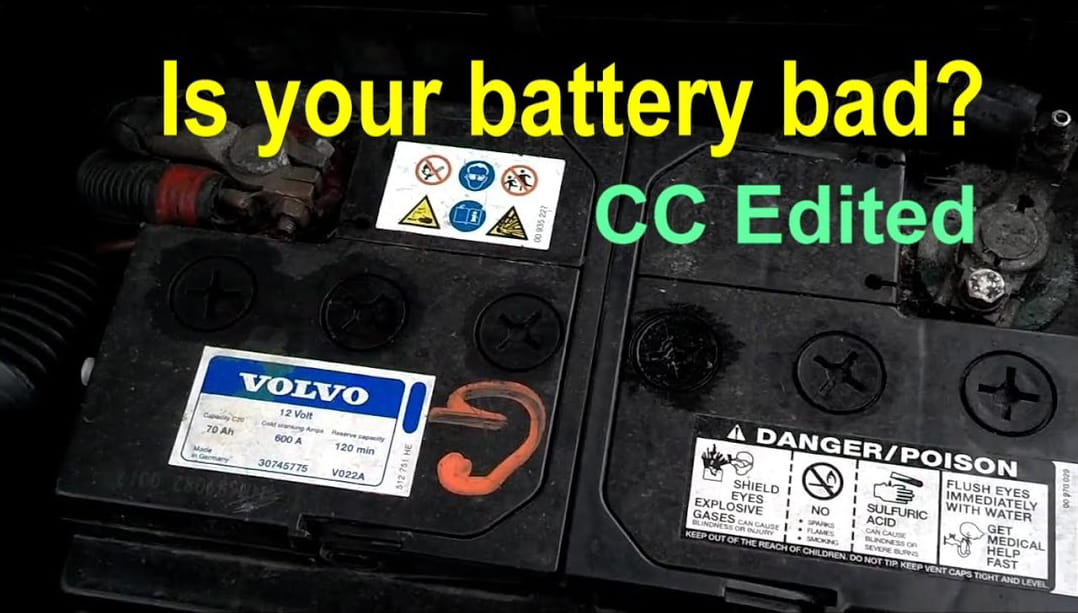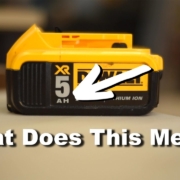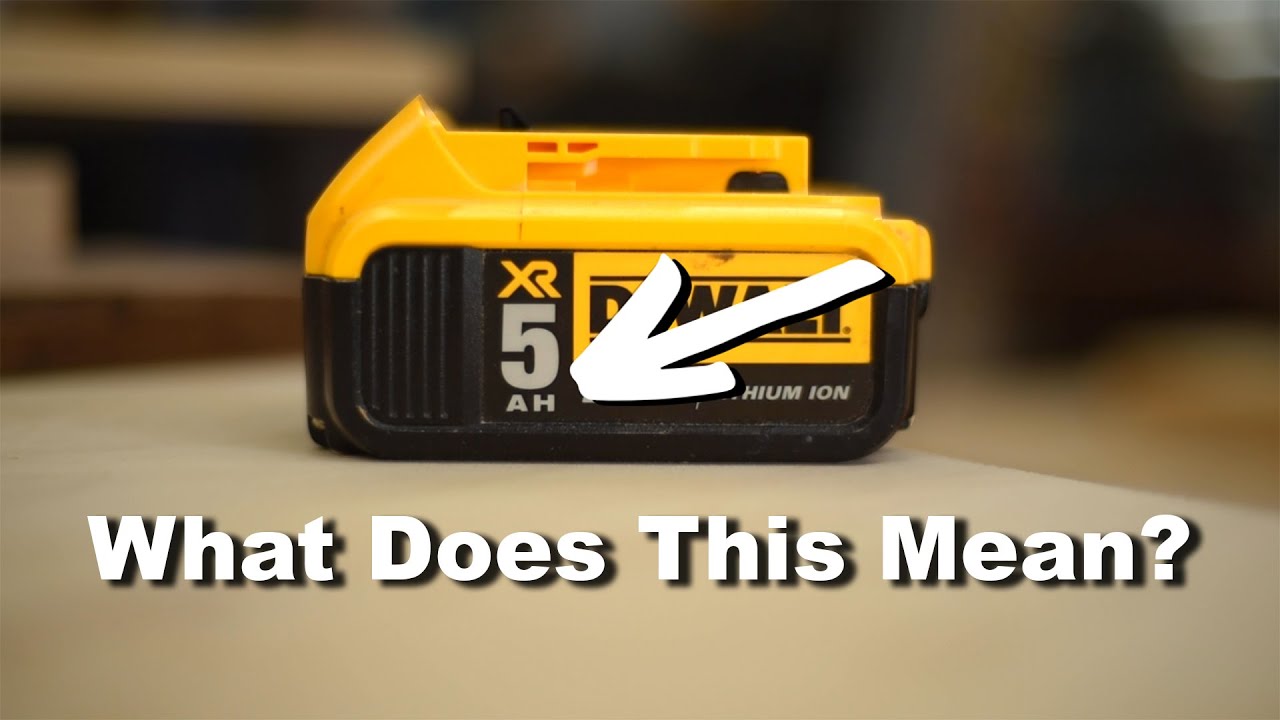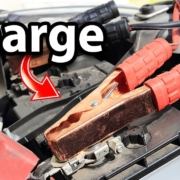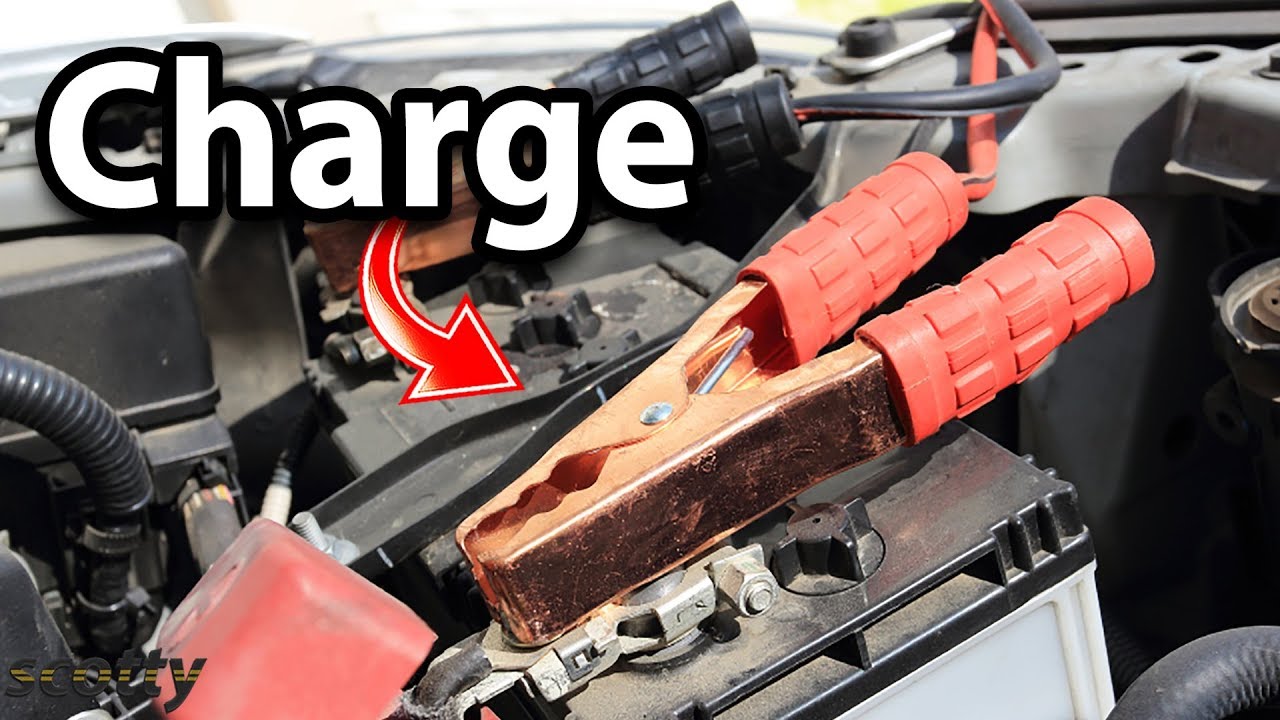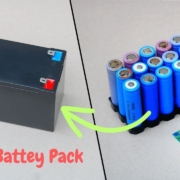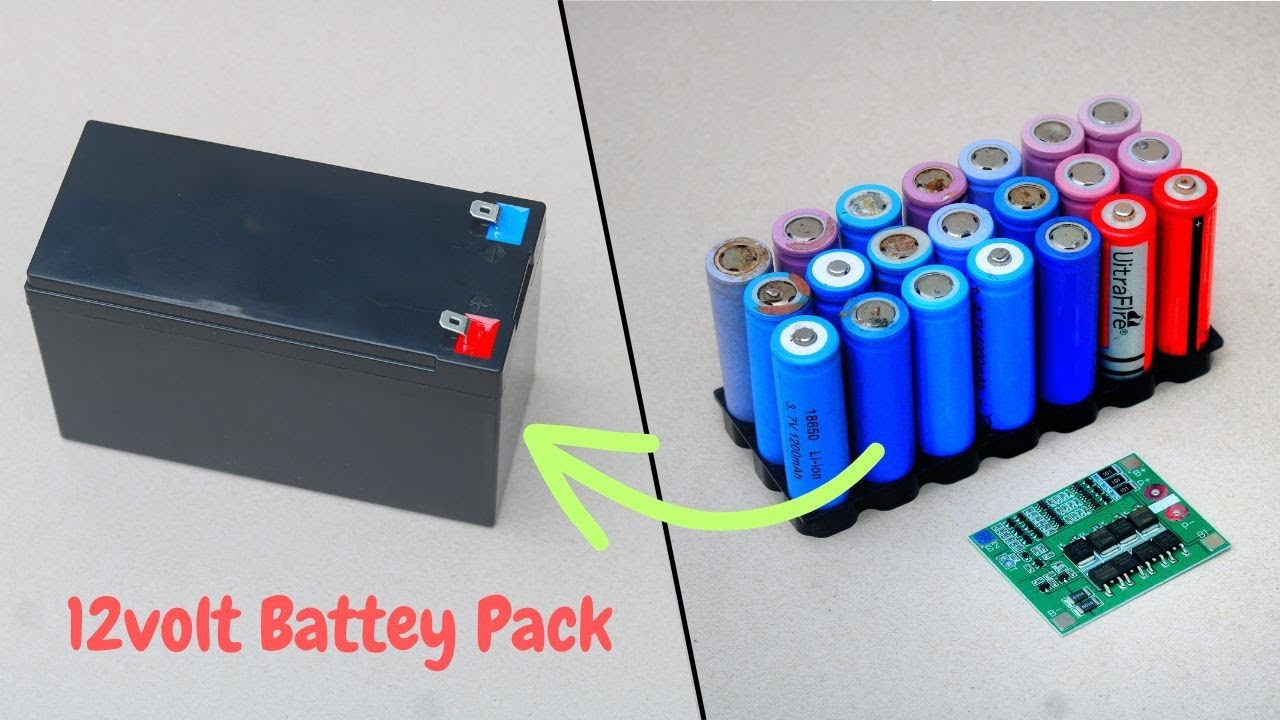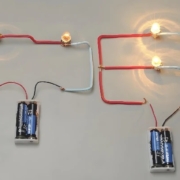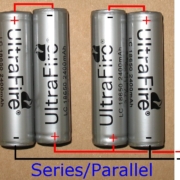Akü Kontrol Modülü Nedir? Eksiksiz Bir Kılavuz
What is a Battery Control Module?
A battery control module, often referred to as BCM, is an essential component of battery management systems (BMS) found in battery packs used for electric vehicles, energy storage systems, consumer electronics, and more. This integral device actively monitors and regulates the performance of individual battery cells to ensure safe, reliable, and optimal operation of the entire battery system.
In this article, as a professional lithium battery packs manufacturer, I will share everything about battery control module.
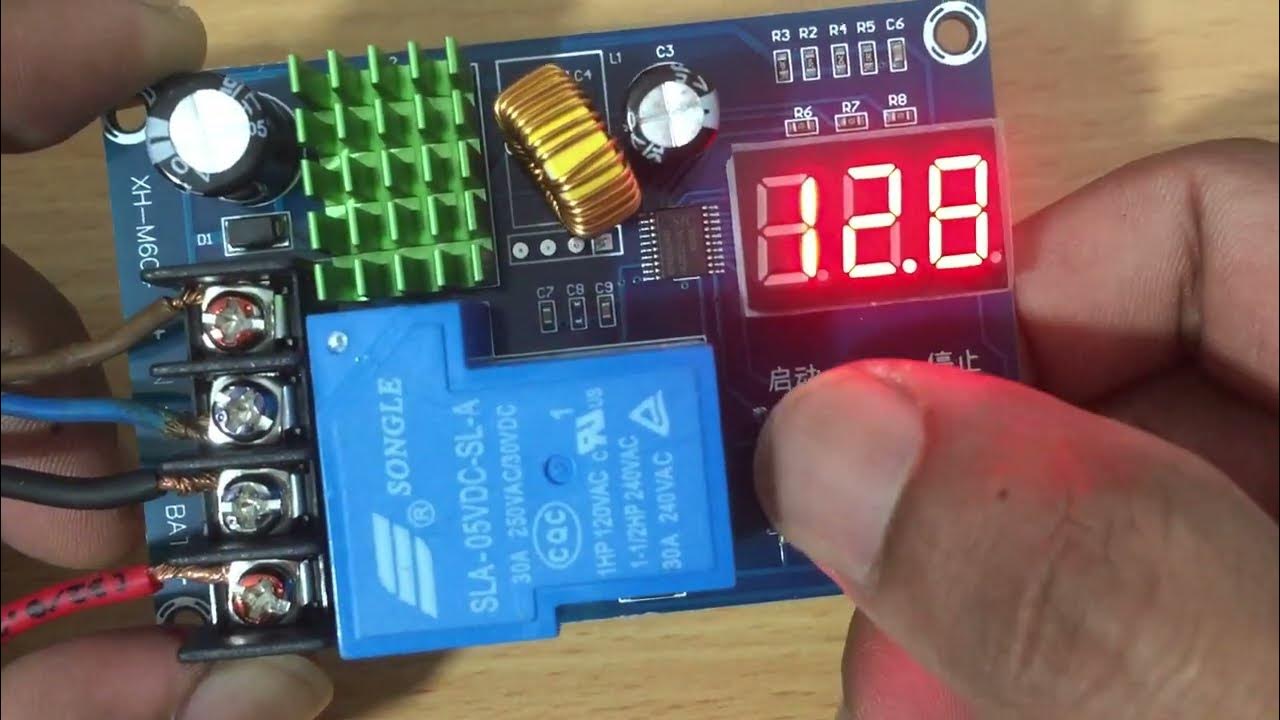
What Does a Battery Control Module Do?
The primary responsibilities of a battery control module include:
Monitoring Battery Cell Parameters
BCMs feature sensor inputs and measurement circuitry to continually track key parameters like cell voltage, current, and temperature. By collecting real-time data from each battery cell, the BCM can determine the state of charge (SOC) and state of health (SOH) at cell and pack level.
Protecting Against Abnormal Conditions
If cell voltages or temperatures exceed preset safety thresholds, the BCM can trigger protective actions like disconnecting the pack or limiting charge/discharge current. These measures safeguard battery cells from damage while enhancing overall safety and longevity.
Balancing Charge Between Cells
Due to manufacturing tolerances or uneven aging, individual cells in a pack may develop differences in capacity and internal resistance over time. BCMs counteract this issue through active cell balancing, ensuring uniform SOC across all cells.
Facilitating Pack Communications
The BCM acts as an intermediary between battery cells and higher-level vehicle control units or battery management systems. Using communication protocols like CAN bus, it relays vital data and diagnostic information between subsystems.
Executing Advanced Control Algorithms
Modern BCM designs incorporate powerful microcontrollers capable of implementing sophisticated control algorithms and computational models related to SOC estimation, thermal management, lifetime prognostics, and charging optimization.
Key Components of a Battery Control Module
Battery control modules contain both hardware and software elements tailored to meet the monitoring, control, and protection needs of specific battery chemistries and pack configurations.
Sensing Circuitry
Voltage, current, and temperature sensors provide critical measurement inputs to the BCM. Precise sensor data enables accurate cell monitoring and informs control decisions related to charging, load balancing, and protective actions.
Signal Conditioning
Sensor signals often require adjustments like filtering or amplification before they can be fed to the BCM’s analog-digital converters and microcontroller. Dedicated ICs handle tasks like sensor excitation, offset adjustment, and anti-aliasing.
Microcontroller Unit
The MCU forms the core processing unit of the BCM. It runs the BMS algorithms and translates measurement data into control commands for balancing circuits, contactors, thermal systems, and other pack subcomponents.
Communication Interfaces
Network interfaces like LIN, CAN and Ethernet facilitate communications between the BCM and external controllers like battery, inverter, or vehicle control units. Communication protocols provide vital data sharing and diagnostic capabilities.
Balancing Circuitry
Active or passive balancing hardware inside the BCM ensures uniform cell charges. The MCU selectively activates balancing circuits as needed to route current around cells or dissipate excess energy through resistors.
Power Supplies
BCMs feature regulated power supply circuitry to generate stable supply rails for powering sensors, ICs, and MCUs. Both linear and switch-mode regulators may be employed to maximize efficiency.
Technical Specifications
Battery control modules have the following key technical characteristics:
- Supply voltage range – Typically 9V to 60V DC compatible with common battery pack voltages
- Sensor inputs – Voltage (±50mV accuracy), current, and temperature measurement channels
- Communication protocols – CAN 2.0B, LIN 2.0/2.1, RS485, Ethernet
- Balancing current – 100mA to 5A per cell depending on BCM design
- Environmental rating – IP6K7/IP6K9K water and dust resistance, AEC-Q100 stress testing
- Operating temperature – -40°C to 85°C range
Role of the Battery Control Module in Different Applications
Electric Vehicles
BCMs play an indispensable role in battery electric vehicles by monitoring cell health parameters, computing usable range, facilitating thermal management, and protecting the costly battery pack.
Energy Storage Systems
In large-scale renewable energy storage systems, BCMs coordinate the operation of hundreds of battery modules. They optimize charging/discharging to extend service life and prevent abusive operating conditions.
Portable Electronics
BCMs feature in battery packs used for laptops, power tools, e-bikes and other portable electronics. Here they focus mainly on cell monitoring, charge balancing and implementing safety mechanisms.
Key Benefits
Deploying properly designed battery control modules delivers the following advantages:
Enhanced Safety and Abuse Tolerance
BCMs mitigate safety risks like thermal runaway while enhancing resilience to vibrations, mechanical shocks, and abusive electrical loads. They are crucial to passing regulatory abuse tolerance tests.
Increased Service Life
By actively balancing cells and preventing damage from over-charging, over-discharging or overheating, BCMs significantly extend the usable service life of battery packs.
Improved System Efficiency
BCM data helps external controllers optimize the charging and discharging processes to maximize efficiency and utilization of the battery pack.
Reduced Warranty Claims
Comprehensive cell monitoring enables better state-of-health prognostics and early fault detection, reducing premature battery failures.
Simplified System Integration
Standardized communication interfaces allow BCMs to seamlessly exchange vital data with other subsystems, facilitating plug-and-play integration.
How is a Battery Control Module Testing Conducted?
Stringent testing validates the performance, safety and reliability of BCM designs:
Functionality Testing
Ensures accurate monitoring, balancing, control capabilities and communications interfacing under simulated operating conditions.
Environmental Testing
Validates durability of enclosure, connectors, and internals when exposed to shock, vibration, humidity and wide temperature swings.
Protection Testing
Verifies activation of safety mechanisms under overload voltage, over-current, and thermal runaway scenarios.
Lifecycle Testing
Emulates realistic duty cycles through repeated charge/discharge profiling to confirm longevity.
Compliance Testing
Confirms adherence with electrical and environmental safety standards mandated by regulatory bodies.
Only designs that pass rigorous qualification and certification protocols get deployed into commercial battery-based products.
Sonuç
In closing, battery control modules occupy an indispensable position in modern battery management systems across transportation, renewable energy, and consumer electronics applications. They optimize battery performance, enhance safety and longevity, reduce system complexity, and improve overall quality and user experience. With batteries growing ubiquitous as portable energy storage solutions, advanced BCM technologies will continue playing a critical role in enabling their widespread adoption through higher performance standards, abuse tolerance and plug-and-play integration.

